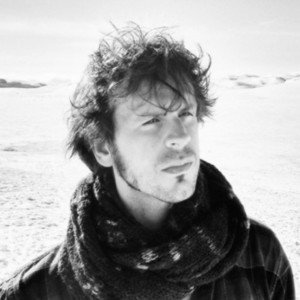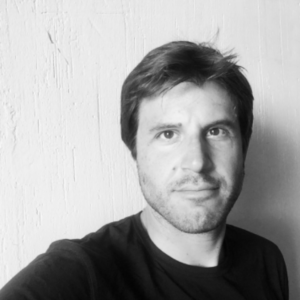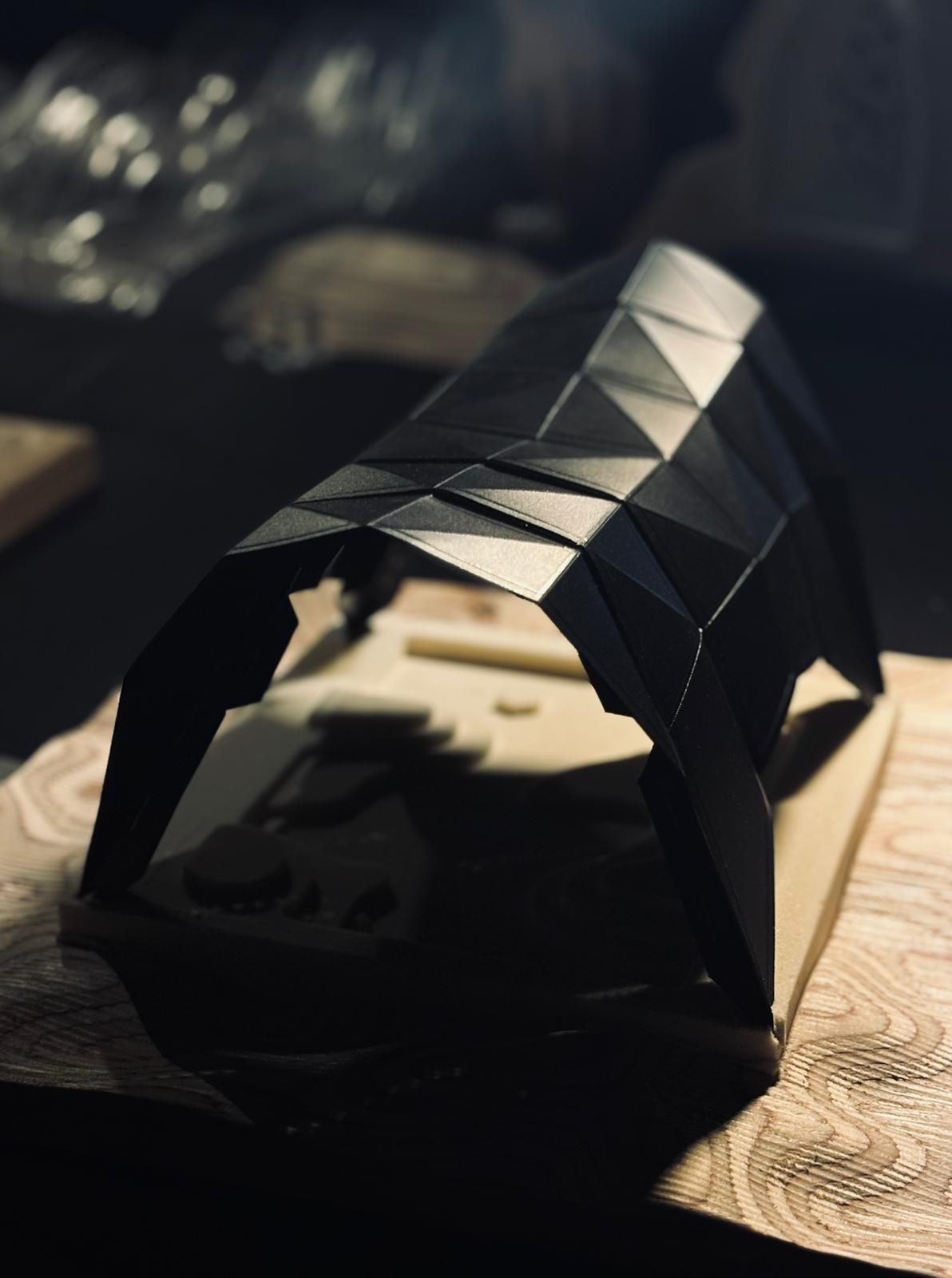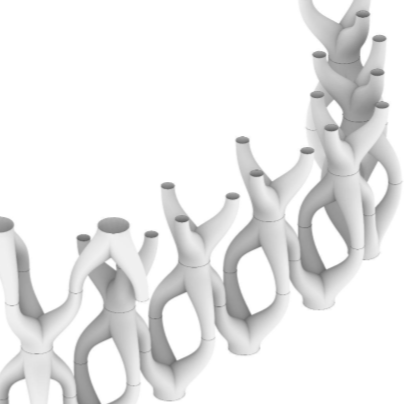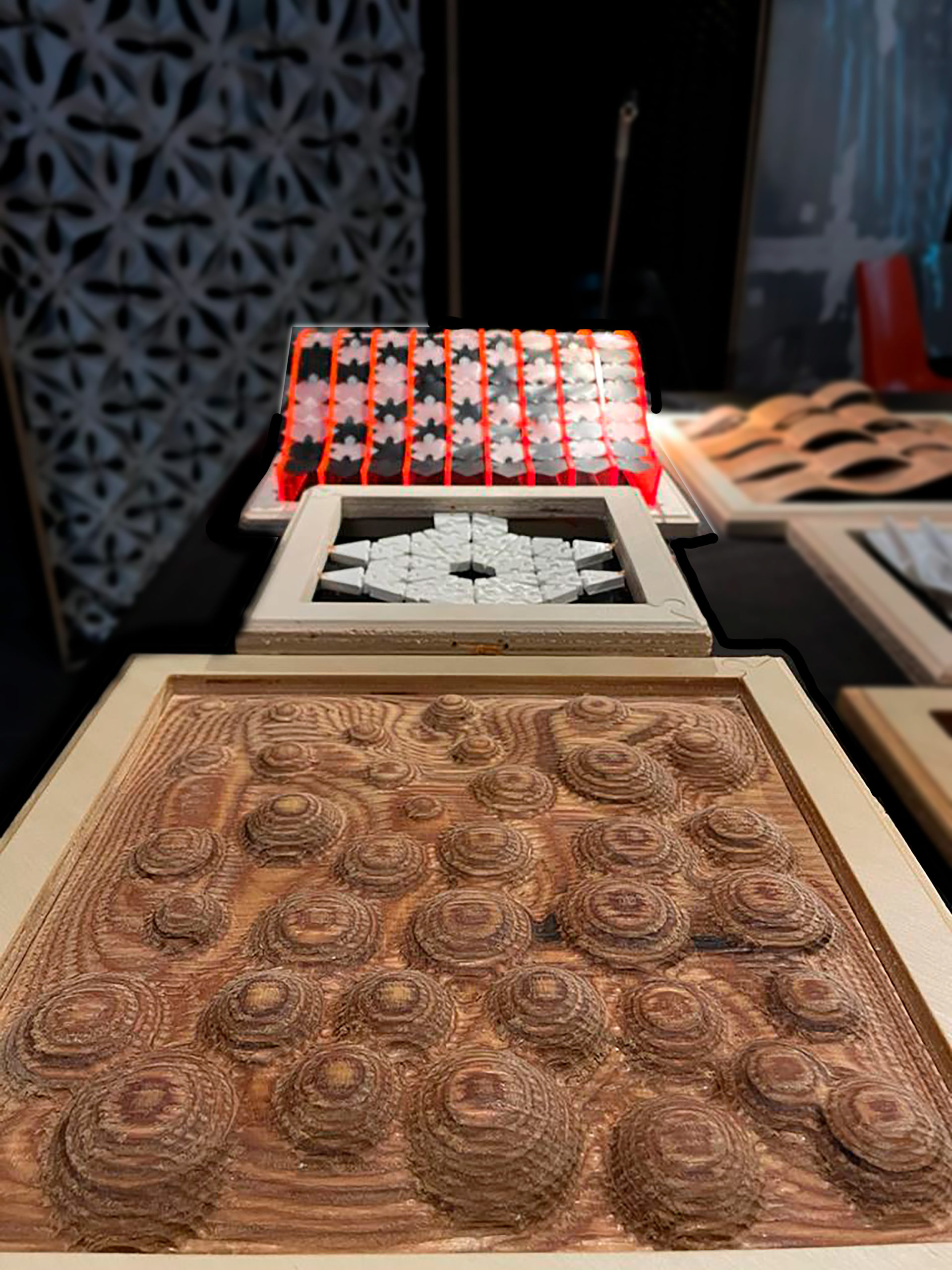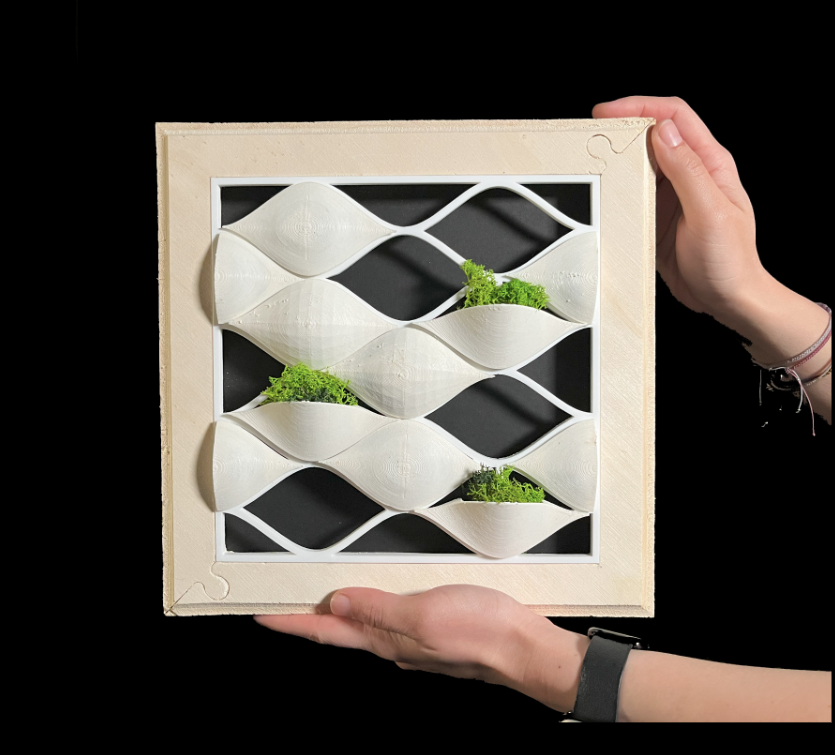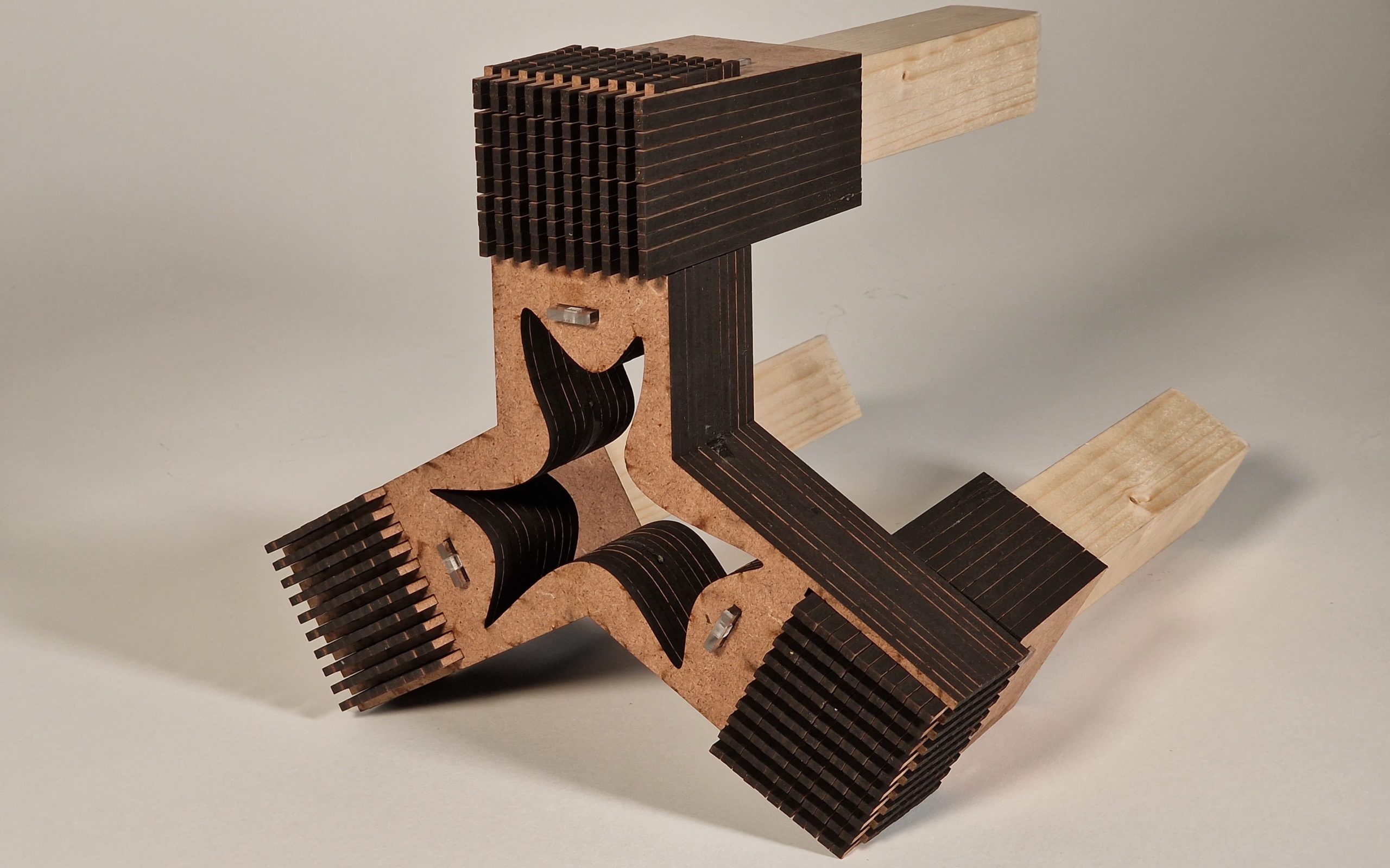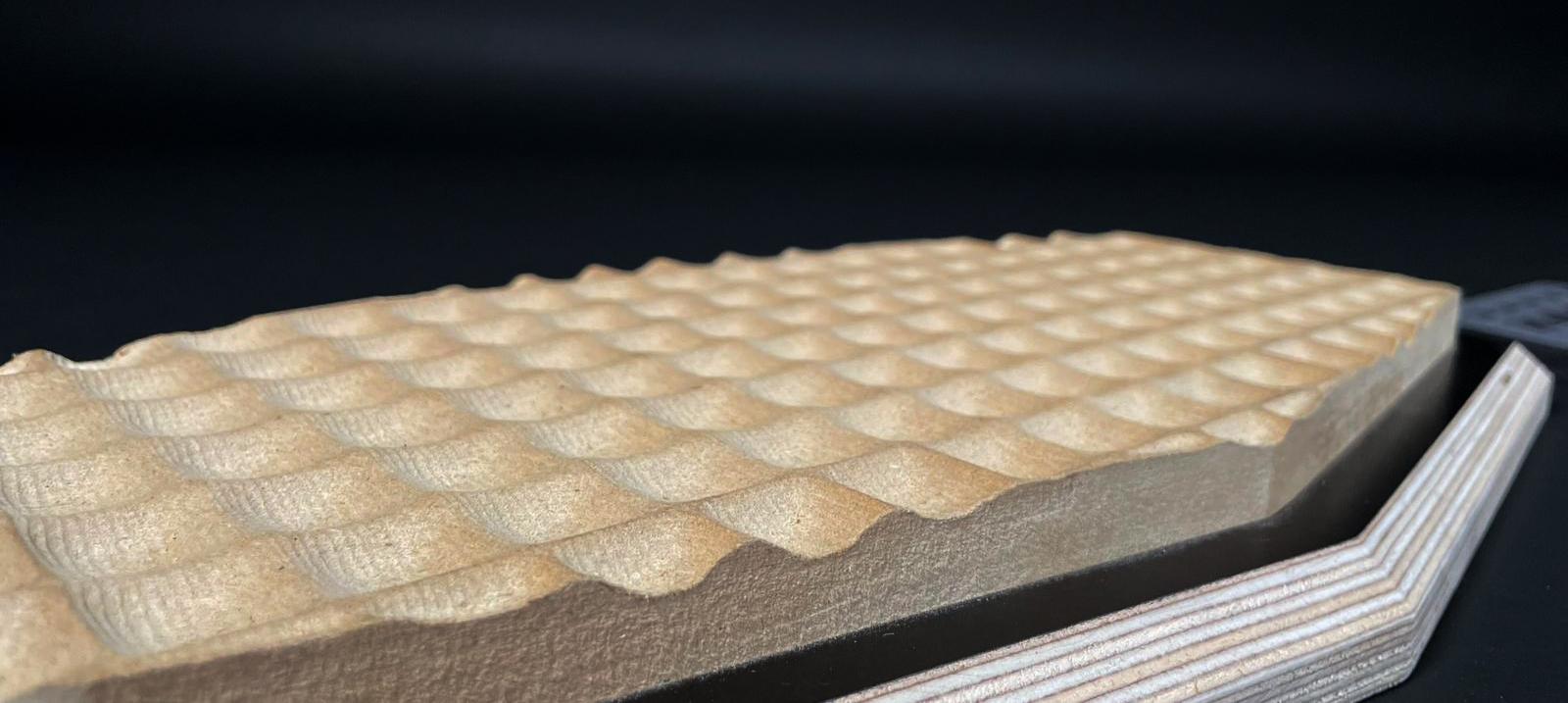Digital Fabrication is an introductory course on new production techniques through the relation between computer data and machine-oriented fabrication.

CNC machines were introduced in the middle XXth century into industry, changing the conception of the production of objects and parts (mainly in the automotive and military industries, and then into mass-consumed products). The relationship between architecture and digital fabrication CAD / CAM processes in architecture is not new anymore, it started during the last two decades of the XXth century, bringing in a new relationship that is not only affecting the way architecture is produced but is changing the way machines are constructed and conceived for the production of architecture.
At first, the relation between architecture and digital fabrication has been focused on the production of non-standard parts/components and on the speculation of forms as an end itself. Instead, the seminar will focus on geometry and machines as a means to develop the performance-based design with efficient fabrication methods.
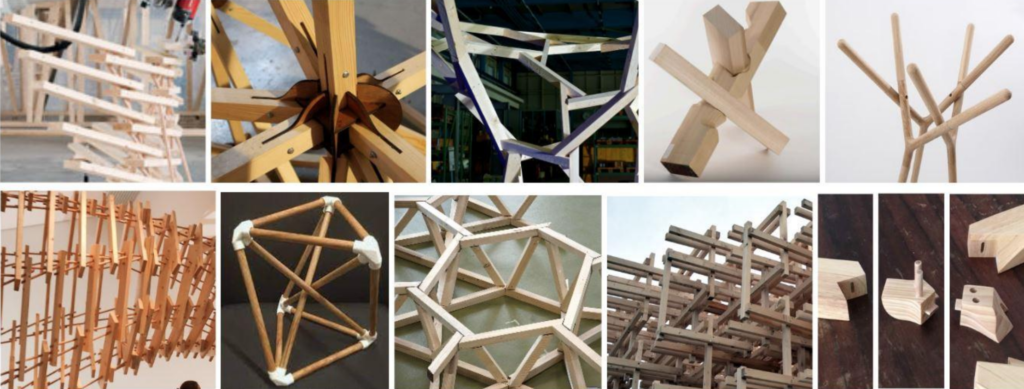
Learning Objectives
The aim of the course is to explore the design opportunities arising from three common digital fabrication processes: Laser Cutting, CNC milling and 3D Printing. Assignments will be supported by an iterative exploration of each technology and material, going through a conceptual and prototyping process of design each week.
By the end of the course, every student should be familiar with digital modelling, fabricating, documenting and assembly of a structure. Students should be able to invent strategies to translate geometry into an articulated constructible solution, produce the CAD-CAM file for production and use the CNC machines by themselves. During the course, students will also learn the principle of a FabLab and learn how to use this collaborative maker space in a safe, clean and respectful way.




